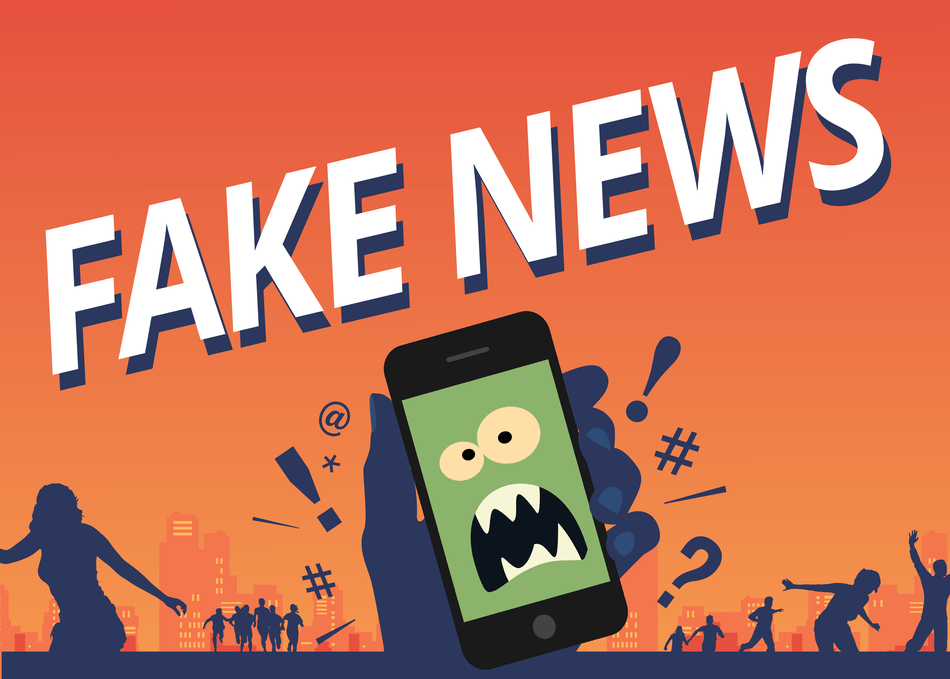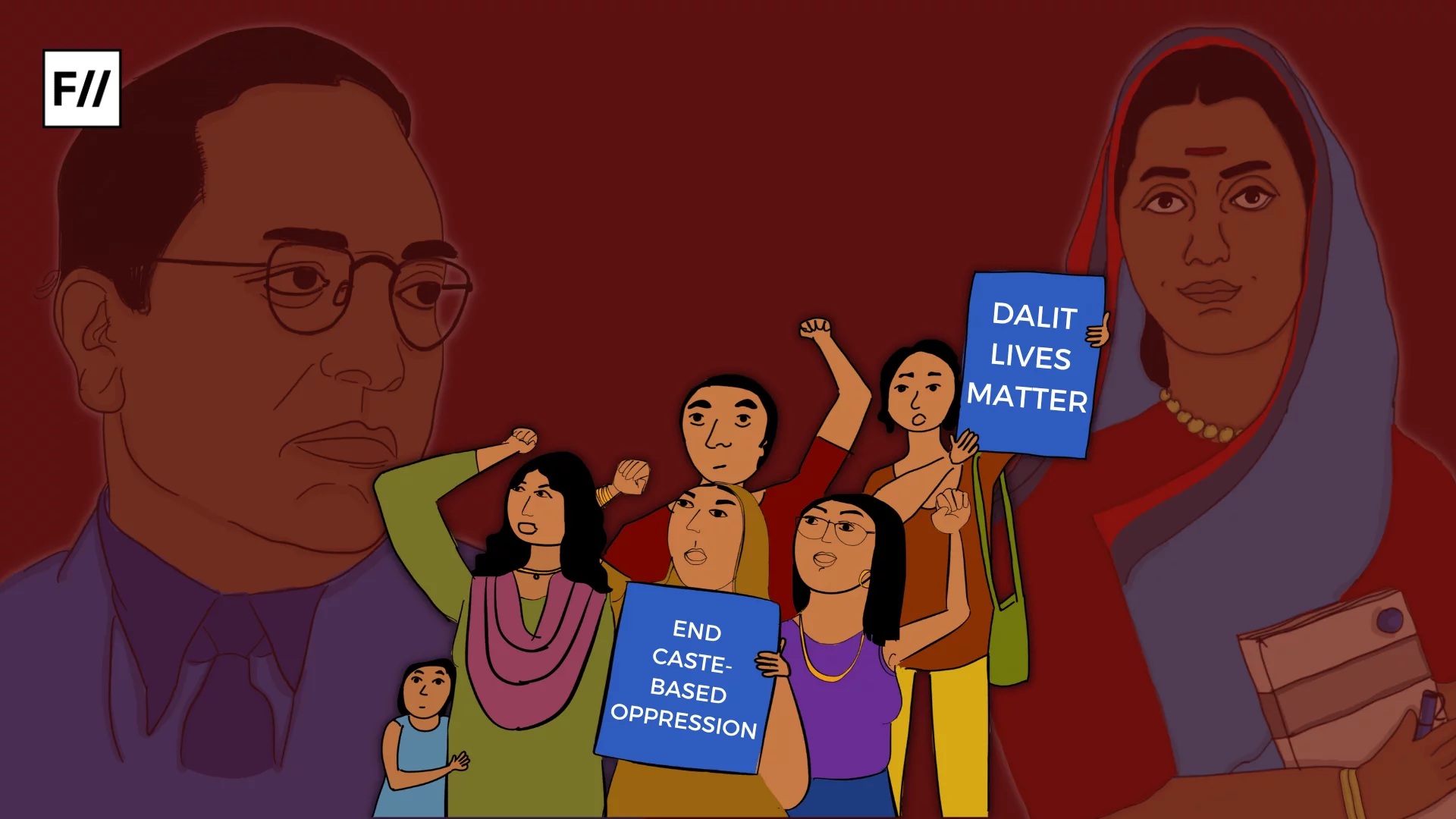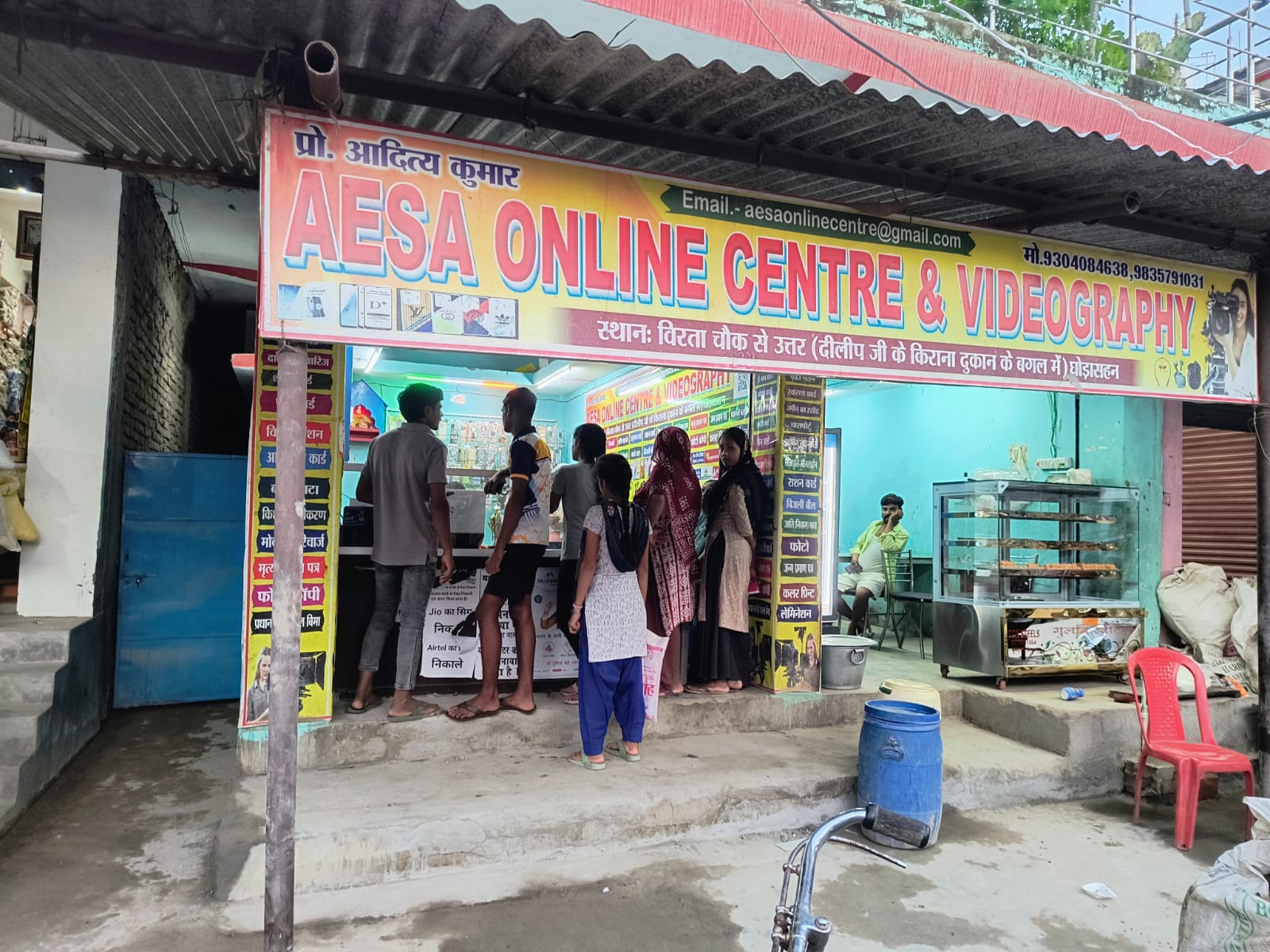On the eve of Holi this year, Surf Excel released an advertisement, which aimed at promoting communal harmony. The lyrics of the jingle glorified the festival in the popular sentiment of “Bura na mano holi hai” by crooning that even “enemies” turn friendly on this festival. While Hindustan Unilever, owner of Surf Excel received a lot of flak for this advertisement – for reasons as unsettling as the ad promotes love jihad and “humiliates Hindus” and “shames Muslim children” – the ad also made headlines for another (almost comical) reason.
Soon after the ad received hate on social media, there was seen to be a surge of low ratings on Google Play for Microsoft Excel – which did not have anything to do with the ad or its content. Users had confused the popular detergent brand with the Microsoft Excel app. This, however, isn’t the first time such a comedy of errors has taken place – last year, inflammatory statements were made by social media Snapchat’s CEO, Evan Spiegel about how Snapchat is an application for “rich people only”. But any dissatisfaction and criticism was faced by the online shopping app Snapdeal.
While the aforementioned incidents were definitely more trivial issues, in the last few years, terms like chequebook journalism, post-truth politics and fake news have become significantly notorious in popular culture. Chequebook journalism implies bribing journalists and reporters for spreading a certain piece of news to deceive the readers; post-truth politics is playing out news in a way that appeals to people’s emotions, and involves an unsaid, but firm dismissal of factual rebuttals; and fake news is junk news that is not true, but is used for false glorification or defamation of the involved parties, depending on what the news is saying. What is this growing phenomenon indicative of? What does it signify in the era of fast news that travels at the speed of light, and that has the potential to cause harm which is difficult to retract because of the Internet? The interplay between the aforementioned terms, especially the way it is unfolding today, shouldn’t just be interesting – it should be alarming.
it is a phenomenon which has been making its presence felt, especially today, in the milieu of the ongoing Lok Sabha elections in India and elections in several other countries around the world.
Only last month, the Huffington Post published an expose on a similar issue – right before the Lok Sabha Elections in 2014, Narendra Modi, the then Prime Ministerial candidate and Amit Shah, his trusted aide and the President of the Bharatiya Janata Party, planned to start an NGO for acid attack survivors which would eventually be used as a secret method to garner votes for Modi in the upcoming elections. His campaign advisor, Prashant Kishor and his wife would play an important role in this exercise. Modi and Shah would not obviously be related to the NGO – they would be behind-the-scenes, in order to ward off any suspicion or questions. The modus operandi of the NGO would be to track and code poll data and user profiles and use the same to manipulate people to vote for the BJP by spreading content targeted for specific audience profiles. However, after their unprecedented win in the 2014 elections, the Modi-Shah duo discarded this experiment, until the Bihar state elections in 2015 which was a phenomenal loss for the BJP.
Also read: Which Parties Fell Short Of The Election Code Of Conduct? A List Of MCC Violations This Elections
As the article goes on to explain, the idea was to revive the previous plan and work the NGO, now named Association of Billion Minds (ABM) so that it “conceives, designs, executes and memeifies many of the party’s campaigns — including “Main bhi Chowkidar”, “Nation with NaMo”, and “Bharat Ke Mann Ki Baat” — and makes them viral across a network of Facebook pages with millions of followers. Nation with NaMo and Bharat Ke Mann Ki Baat are coordinated online and offline campaigns in which speeches, rallies and public events in the physical world are quickly turned into digital content for online platforms. The pages are designed to look like Modi fan pages, rather than the work of ABM or the BJP.”
But this isn’t a one-off incident, neither is it unique to the BJP, or even India – it is a phenomenon which has been making its presence felt, especially today, in the milieu of the ongoing Lok Sabha elections in India and elections in several other countries around the world. This has also been a very popular avenue to create news to serve a certain purpose previously.
These spaces provide an easy breeding ground for fake news, and in the confusion of having to discern junk news from pseudo news, the issues that need to be raised get lost.
In Making India Hindu, Amrita Basu (1996) in her essay on exploring whether the nationalist politics of the time were a mass movement or an elite conspiracy said that while she was writing this paper, she got a chance to meet Arvind Agnihotri, who was then the director of the media centre of Vishwa Hindu Parishad (VHP), an Indian right-wing Hindu nationalist organization. Agnihotri told her that his major responsibility as head of media relations was to scan the papers every morning to know what was making headlines. Then, she quotes him, he would make sure that “our name will be associated with whatsoever is on people’s minds – and to make sure to address these issues.” She also went on to observe that in keeping with the underlying ideology of the parties they belonged to, politicians would manufacture issues (read: fake news) in order to, say, deepen the communal tensions in an area. But as Basu later points out “the power of these rumours ultimately rested upon people’s willingness to believe them.” All rumours wouldn’t affect all demographics equally – the trick is to know how to design these conspiracies for optimum efficiency.
With the rising notoriety of fake news, is also the rising popularity of dealing with fake news. There are apps a-go-go now for fact-checking and promises to help the reader discern between what news to trust and what to dismiss. WhatsApp, a communication application which was seen to be one of the leading mediators of fake news transfer has also launched a helpline number where users can send any news they want verification about. While WhatsApp has not disclosed the intricacies of how this helpline will function, this is their way to maneuver around some of the bad press they received due to the easy availability and accessibility of this app and its role in spreading fake news. Facebook is abound with fake pages about the credits and discredits of political parties as part of public relations campaigns for several regional and national political parties. These spaces provide an easy breeding ground for fake news, and in the confusion of having to discern junk news from pseudo news, the issues that need to be raised get lost.
So where are we headed? Our recent obsession with regulating cyber laws and keeping checks in place, while well-intentioned, may require more in-depth understanding and tackling of the issue, instead of handling it on a case-by-case basis. The nexus of junk news and the Internet is more complicated to get through than meets the eye. Can one say that once the elections are over, we will have to spend less time trying to distinguish between real and fake news? Or is this a vicious cycle that, once commenced, feeds on itself and will keep on revolving? And what does this rise of fake news say about the political zeitgeist? Are our political leaders today not addressing the relevant issues, thus having to resort to such antics to make headlines?
Also read: The Farrago Of Biased And Fake News: Media’s Role Before Lok Sabha Elections
Now that our seven-phase polls are coming to an end, and the results are less than ten days away, it is important to consider the stories on which this or that party will come to power. Because it is scary to think of the fact that in between all the mudslinging and the junk news, our country is slated to be ruled by politicians who are paying and conspiring to make news.
Featured Image Source: Austin Startups
About the author(s)
Himalika is slowly beginning to get the hang of being an adult, despite being a bad cook. She will take most things with a sense of humour and is constantly striving to infuse feminist practices in her research.




